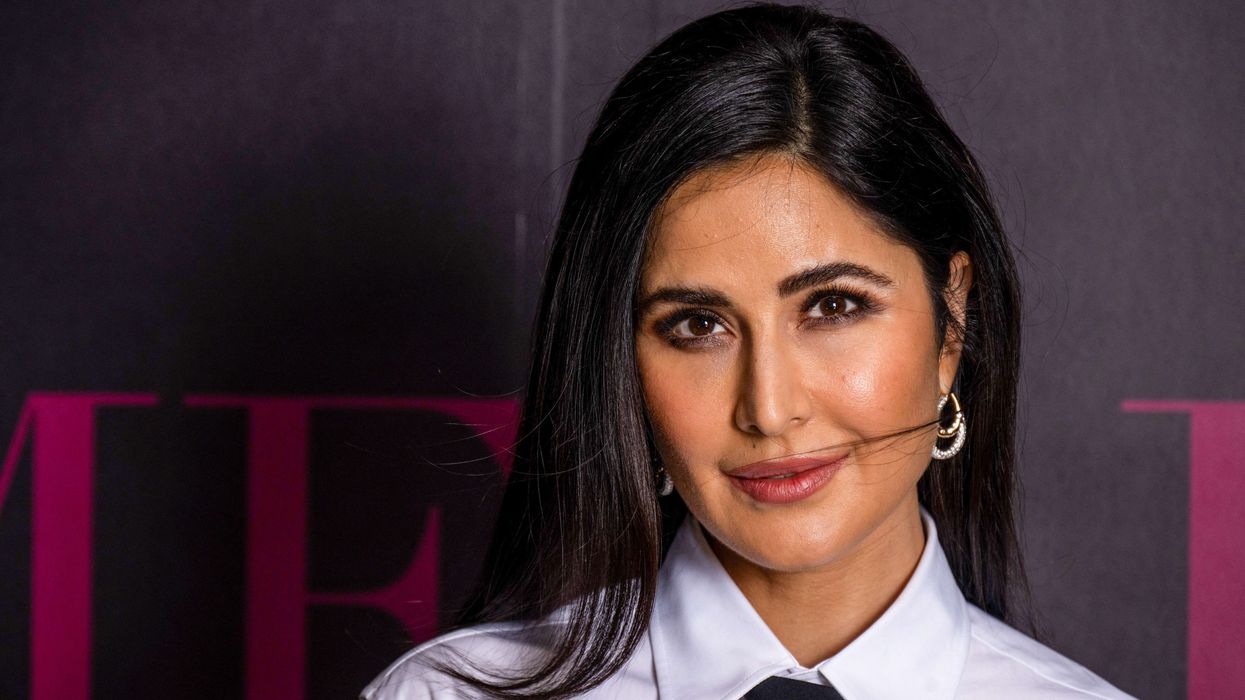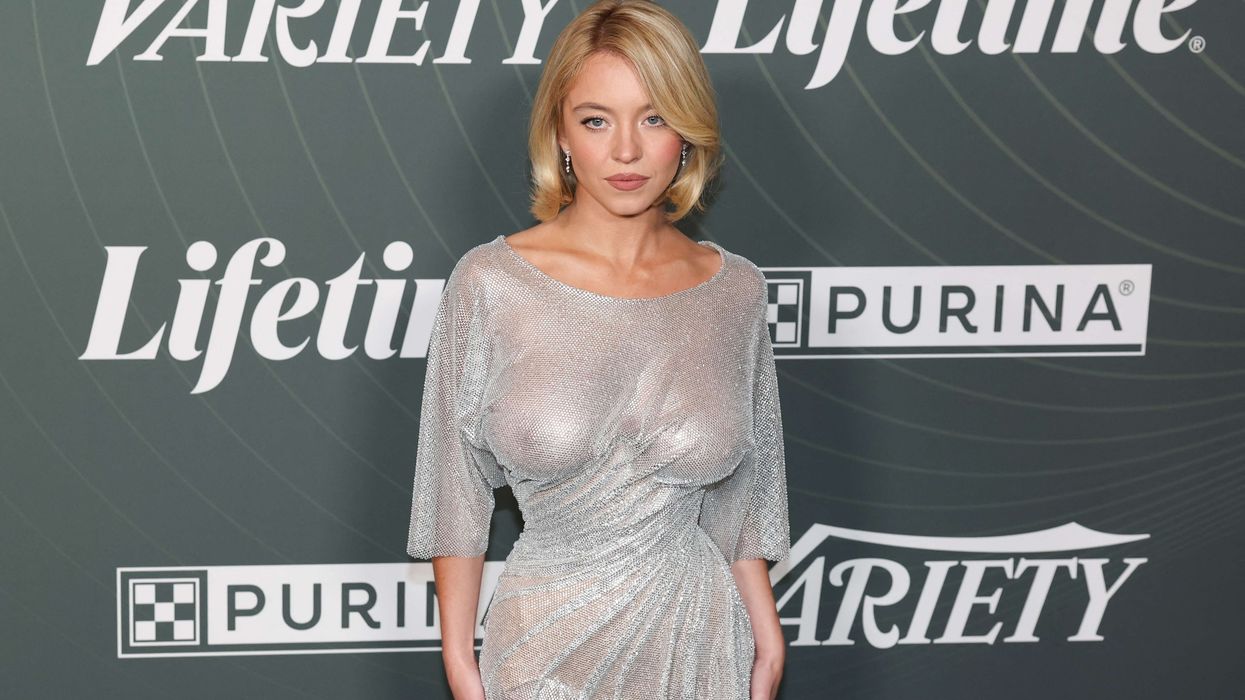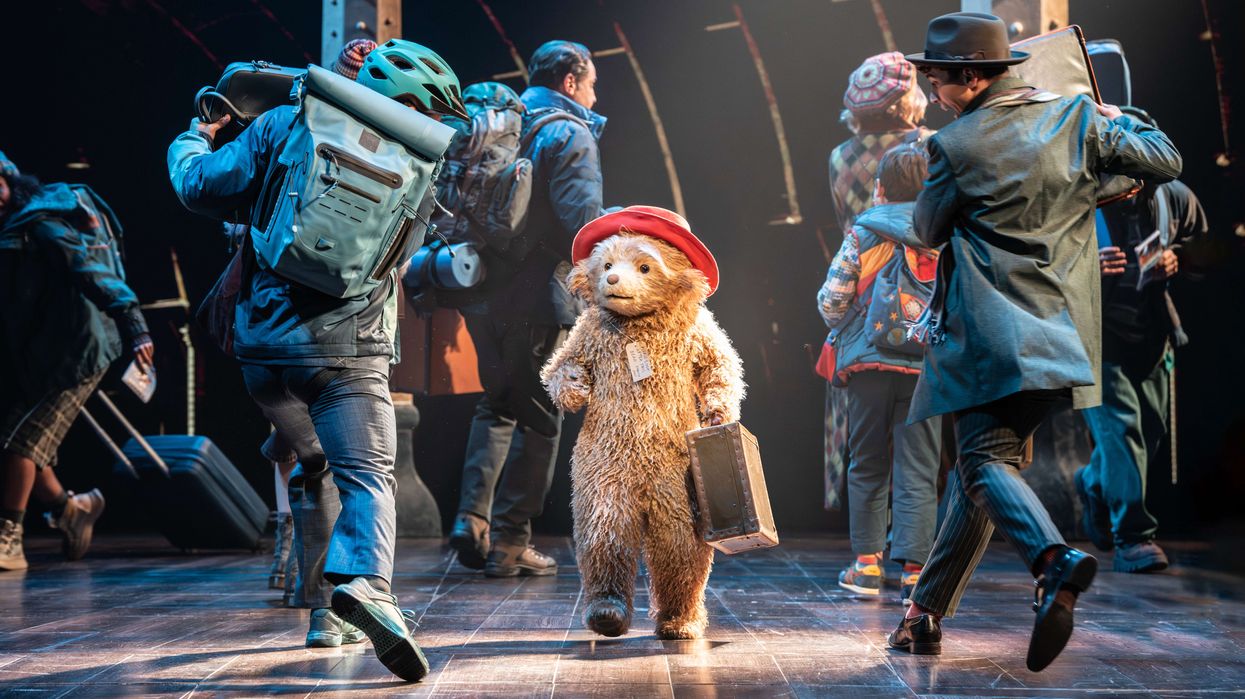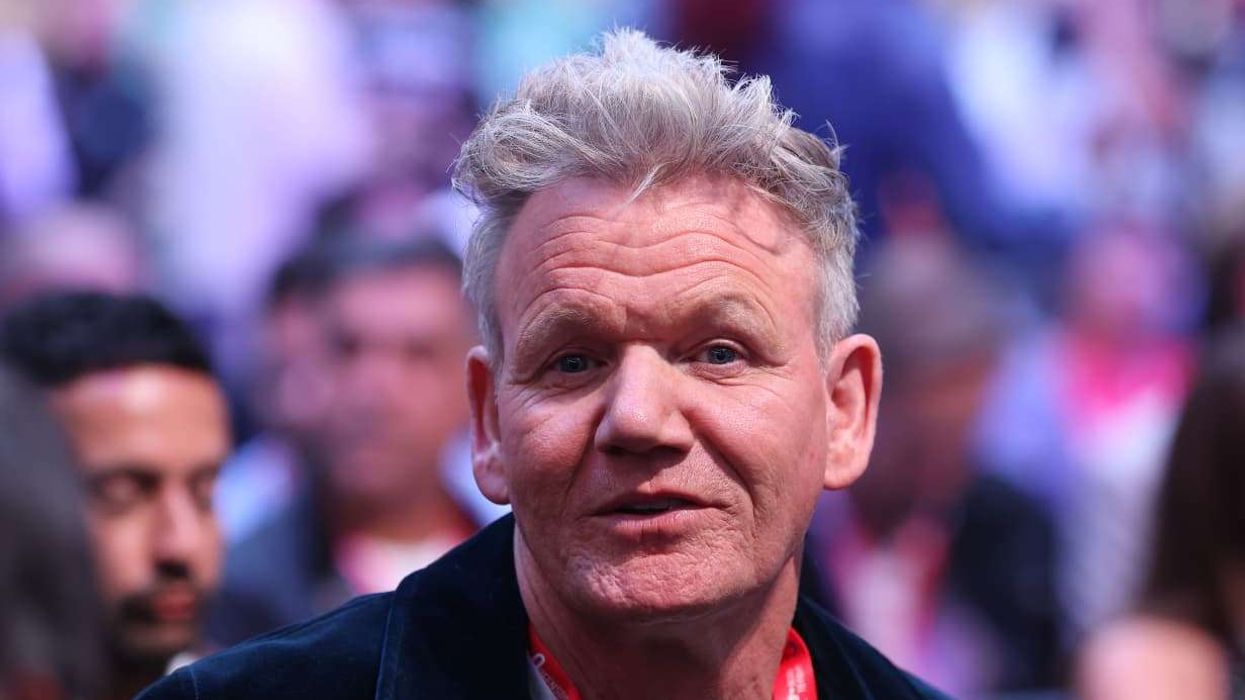AT LEAST 30,000 British travellers have now returned to the UK on 142 special flights from 27 countries since the outbreak of coronavirus, the Foreign and Commonwealth Office said on Monday (11).
At least 13,500 British nationals stranded in India flew back on 58 flights since April 8. The 30,000th passenger had returned from Amritsar in Punjab on Saturday.
Similar flights repatriated British nationals from Pakistan (4,000 passengers), South Africa (2,000), Bangladesh (1,600) and New Zealand (1,500).
“On top of the 1.3 million Britons we’ve helped return on commercial flights, we’ve now brought back 30,000 UK travellers from 27 countries,” said Foreign Secretary Dominic Raab.
“We remain tirelessly focused on helping the most vulnerable Brits around the world get back home safe and sound.”
The FCO said it had been working around the clock with the airline industry and host governments across the world, with a £75-million fund for special charter flights to priority countries, focused on helping the most vulnerable travellers.
In a remarkable case, the British high commission staff in India organised a 60-hour, 1,700-mile-long trip across seven states for a British citizen to take one of the special flights to the UK.
The FCO said other efforts included a group of volunteers rescued from a remote part of Madagascar, climbers extracted from mountains in Nepal by British Gurkhas and backpackers reunited with their families after being flown home from South America.
“The FCO helped passengers return home by providing consular assistance, working with local authorities, local military teams and cruise operators to allow ships to dock,” said a foreign office statement. “The FCO will continue to send charter flights to bring back vulnerable British nationals who have no other way to return to the UK.”
A package of measures to support British nationals who are still waiting to return to the UK has also been put in place. The support package addresses financial issues, healthcare concerns and visa extensions, as well as loans for those who cannot afford flights to the UK where they have exhausted all other options.
Some UK residents are also using the Air India flights from different Indian cities laid on by the Indian government to fly back stranded Indians from the UK as part of the Vande Bharat Mission.




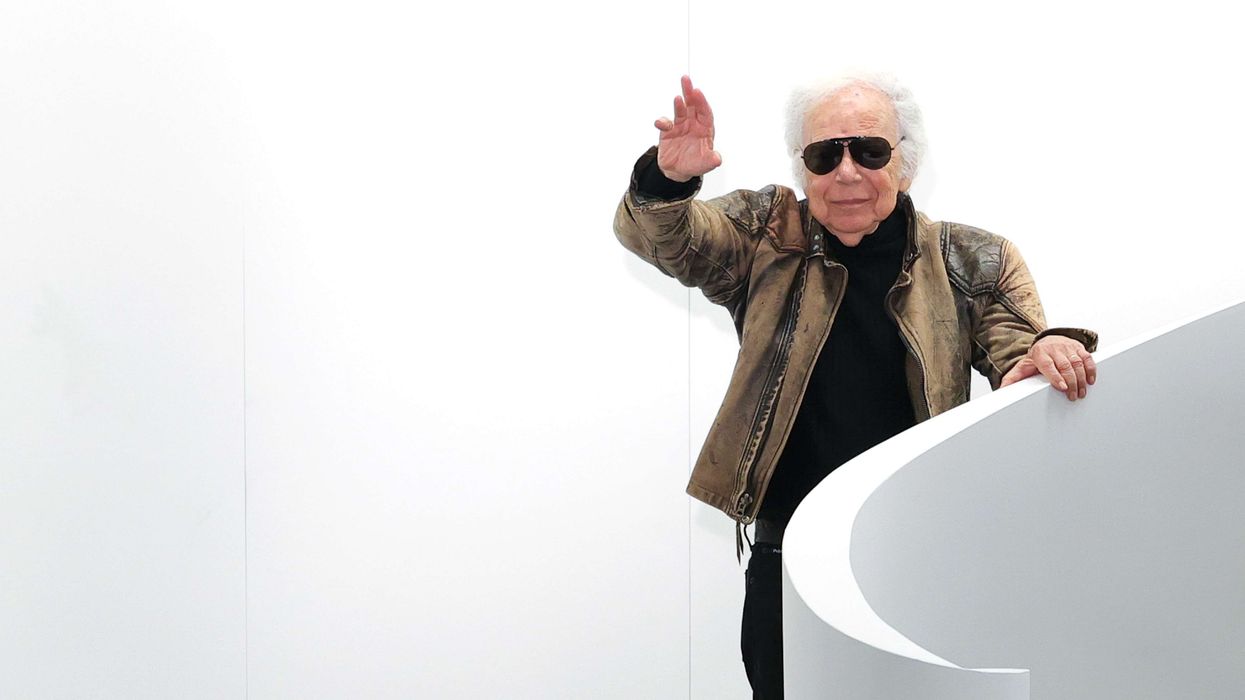
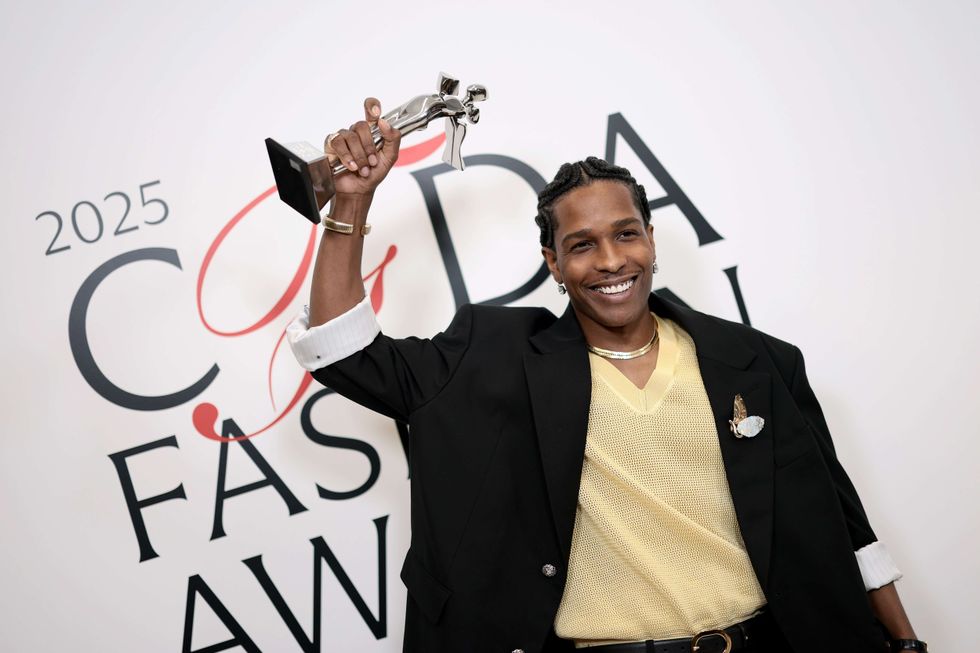 A$AP Rocky received the Fashion Icon AwardGetty Images
A$AP Rocky received the Fashion Icon AwardGetty Images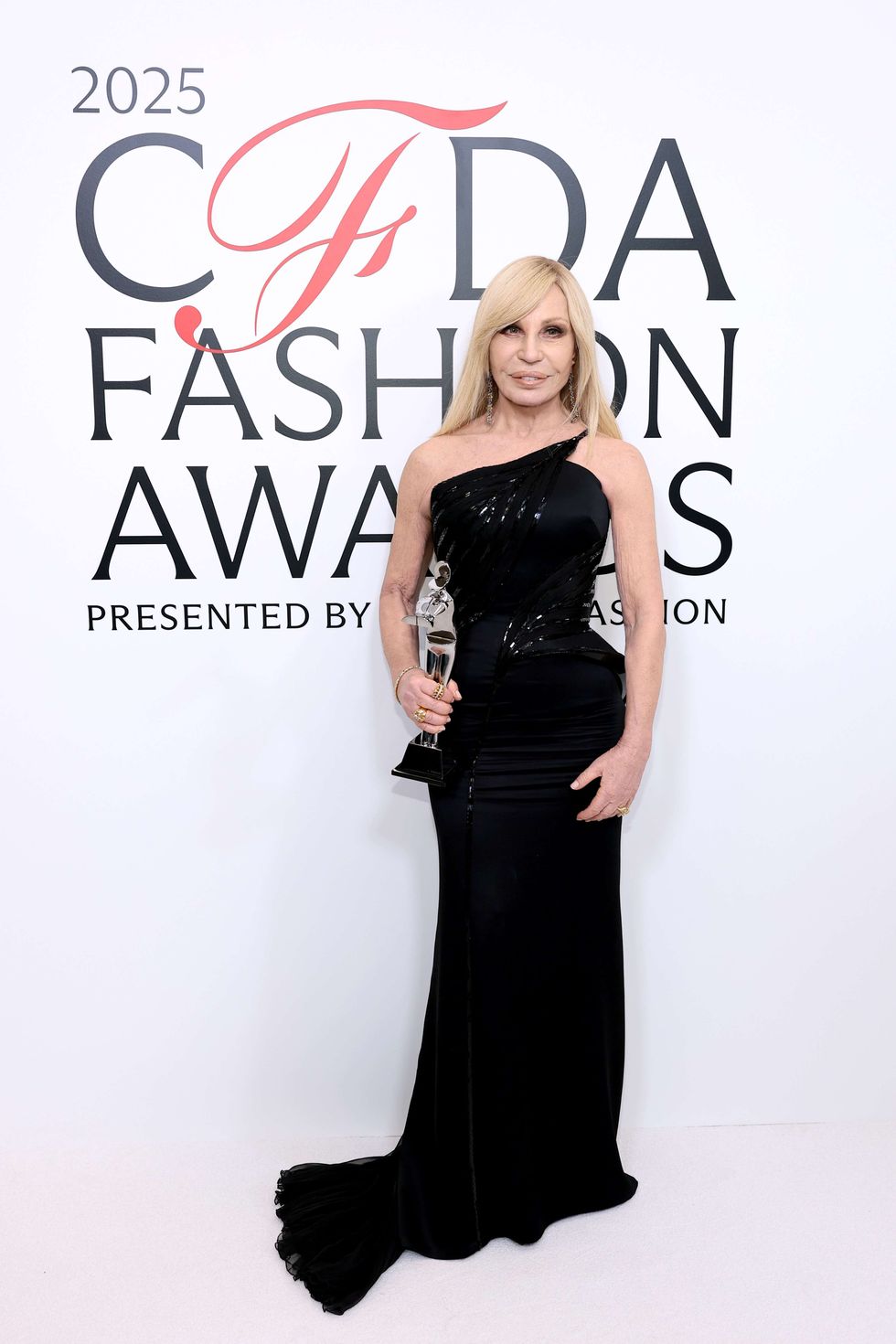 Donatella Versace accepted the Positive Change AwardGetty Images
Donatella Versace accepted the Positive Change AwardGetty Images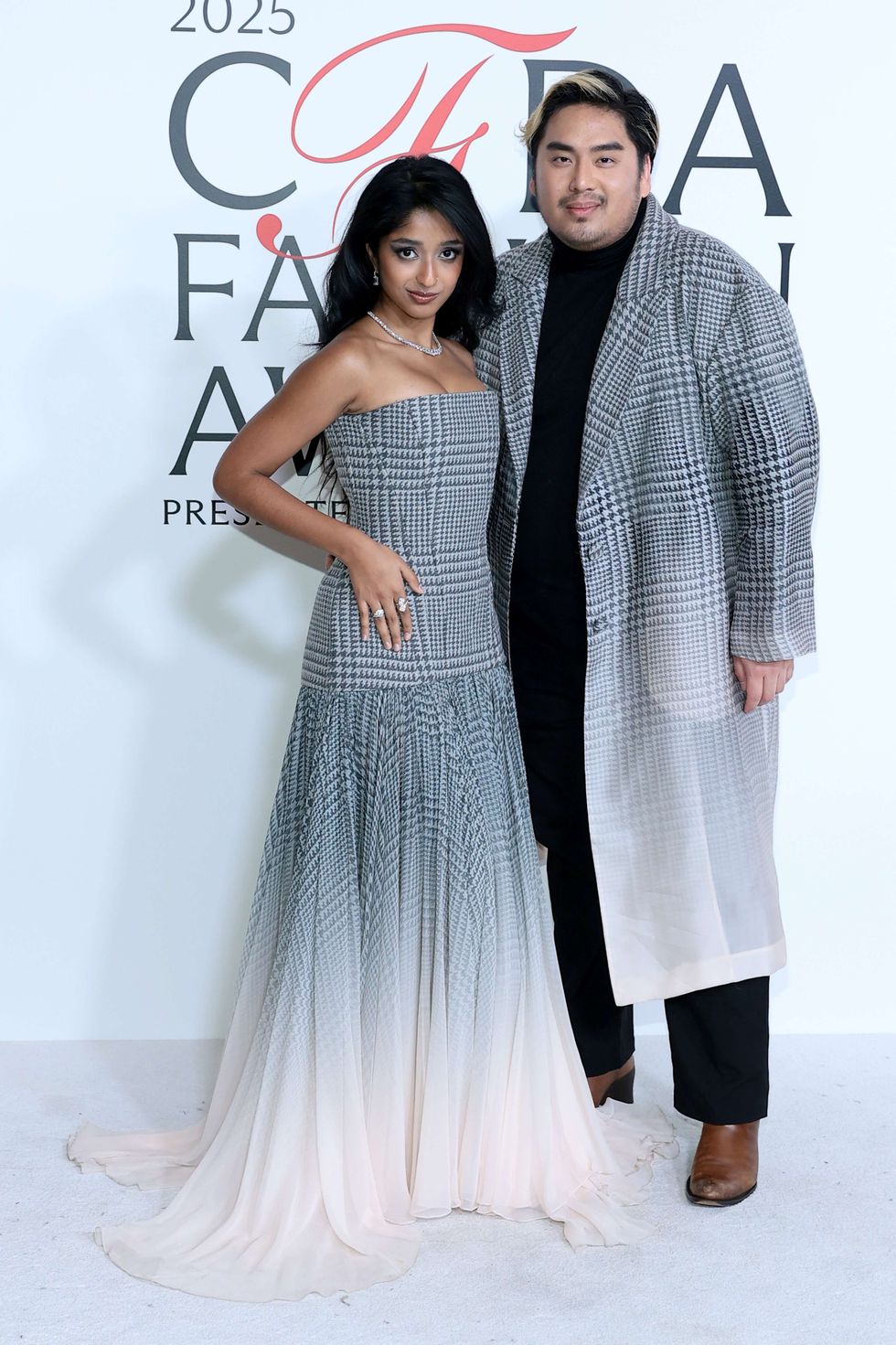 Maitreyi Ramakrishnan and Bach Mai attend the 2025 CFDA AwardsGetty Images
Maitreyi Ramakrishnan and Bach Mai attend the 2025 CFDA AwardsGetty Images
